Putting Panboat 2.0 to work with test gear from Epoch, Icom, Lenco, Scanstrut, Sensar, Tocaro Blue, and Victron
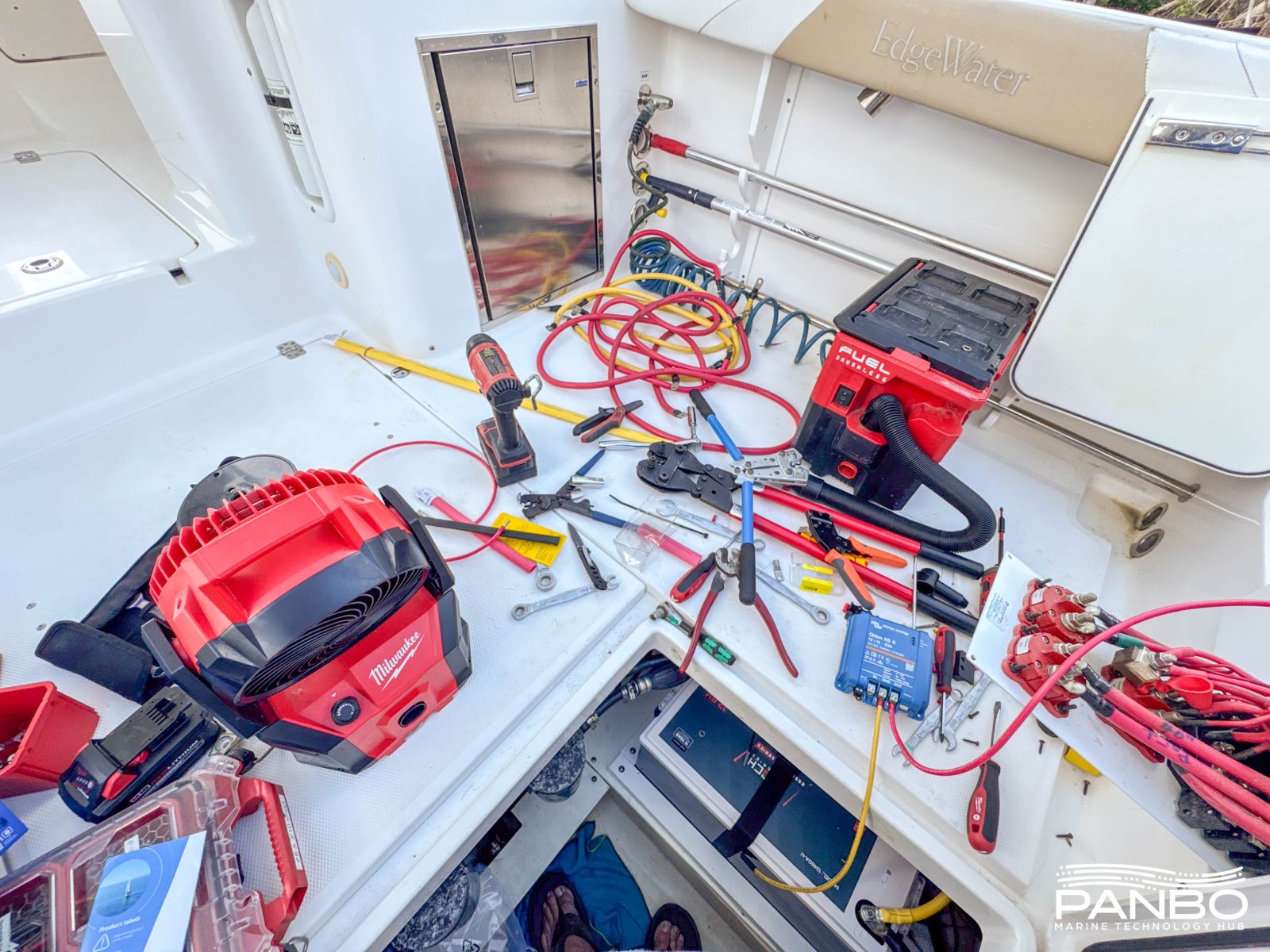
I have owned Panboat 2.0 for a little over 3 months. Unfortunately, I haven’t made as much testing headway as I hoped courtesy of a very busy fall with boat shows, speaking engagements, and dodging hurricanes. I leave for Amsterdam to attend METS shortly, but once home, I don’t have another show until Miami in mid-February. So, it’s high time I get to work outfitting the new Edgewater 280CX with the goodies needed for testing and begin rolling in some new technology.
A solid foundation of LiFePO4 and Victron management
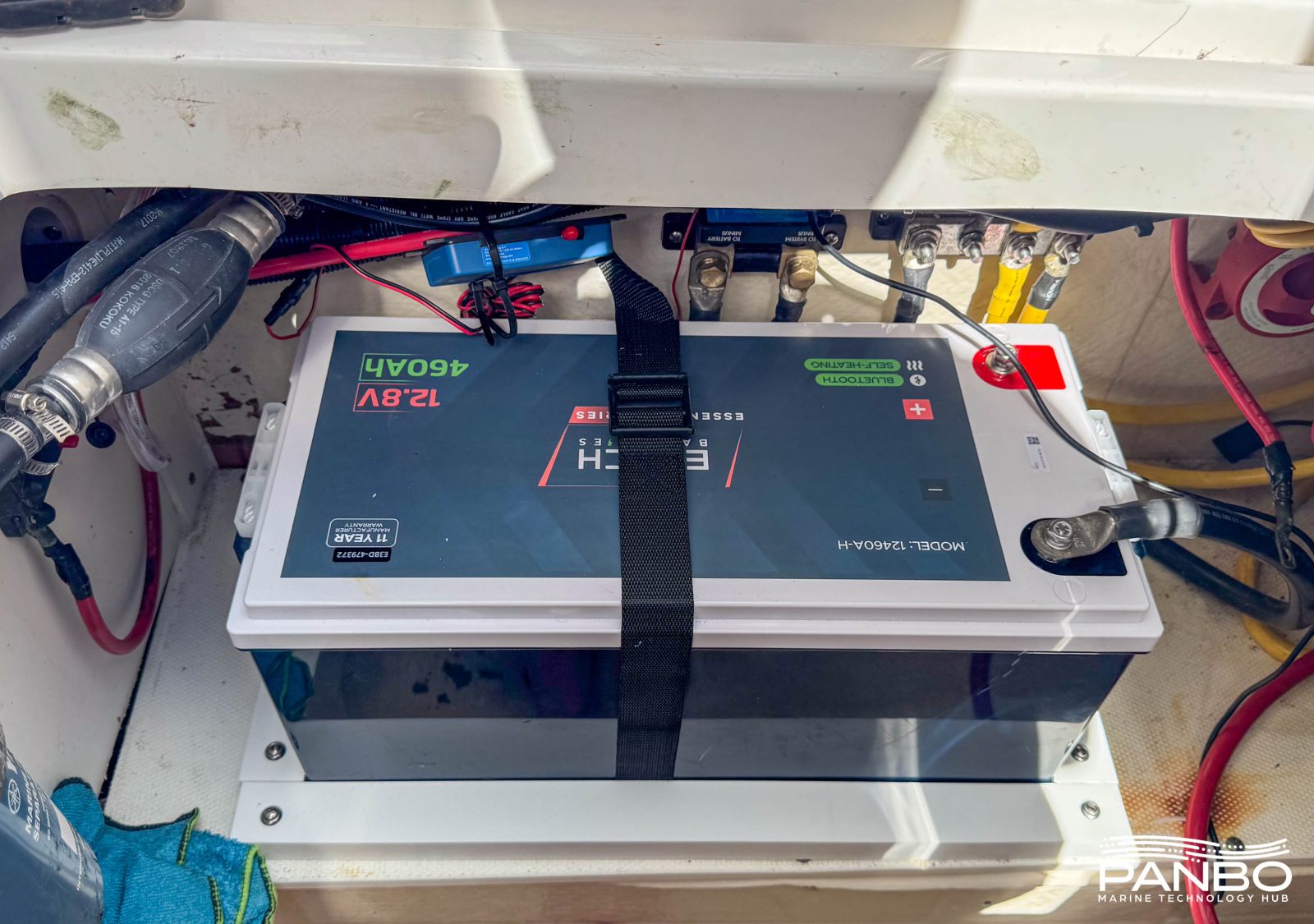
Panboat came from Edgewater’s factory with an impressively complete electrical system for a 28-foot boat intended to be used primarily for day trips. With a 3000 watt Mastervolt inverter, 4 group 31 AGM batteries, and a DC powered air conditioner, Edgewater has done a fair amount of the hard work for me. My testing often includes high draw systems like the Seakeeper gyro stabilizer I’m debating moving, electric steering systems, stereos, and more. So, I decided to equip the boat with enough DC power that I shouldn’t have to worry about adequate power.
I decided on a pair of Epoch Essentials 460-amp-hour, 12-volt batteries. The pair gives me a total of 920 amps of capacity and with an 80 percent depth of discharge, 736 useable amp hours. The batteries can deliver 200 amps of continuous discharge and peak discharge of 400 amps for up to 10 seconds. I don’t expect to get anywhere close to these ratings on Panboat. I did a capacity test on the batteries before installing them on the boat and found they both delivered right around 472 amp hours of capacity. Not bad at all. These batteries don’t offer external CANBUS or serial communications. In light of the mixed Victron and Mastervolt electrical system on the boat, I felt that was just fine.
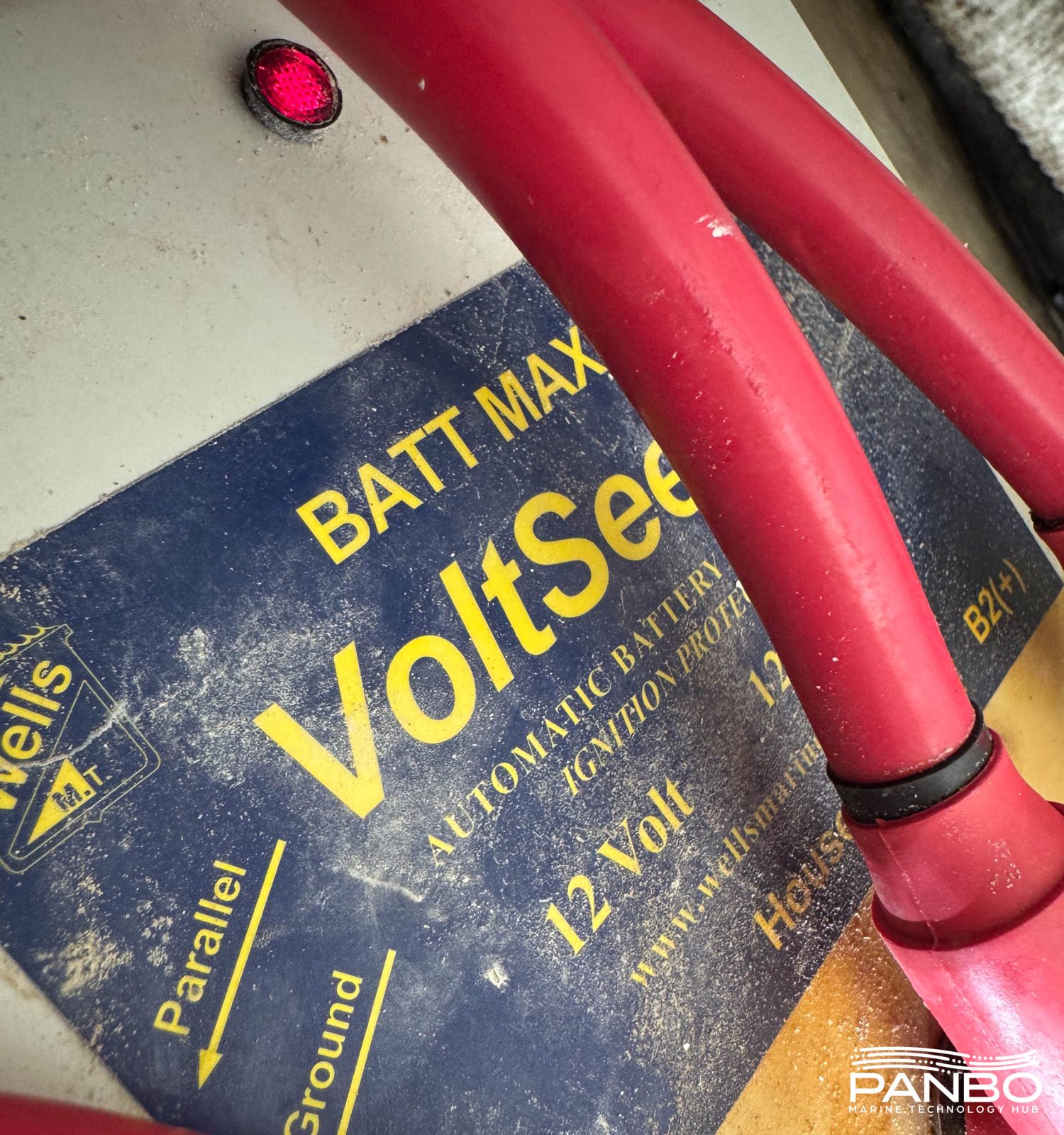
Edgewater equipped the boat with a Wells Marine Technology VoltSeeker to manage charging the house bank from the engines. I haven’t come across this device before, but it appears to be an automatic charging relay. The system accomodates twin engine boats with a single house bank. With the move to LiFePO4 a combining relay is no longer the appropriate way to manage house bank charging from the engines. So, I removed the VoltSeeker and instead went with a pair of Victron Orion XS 50 amp, 12 volt DC to DC chargers. My Yamaha F300 outboards are equipped with 70 amp alternators that need to be managed. I’m using the Orion XS’ ability to limit the current they draw. Presently, I have that set at 30 amps per engine.
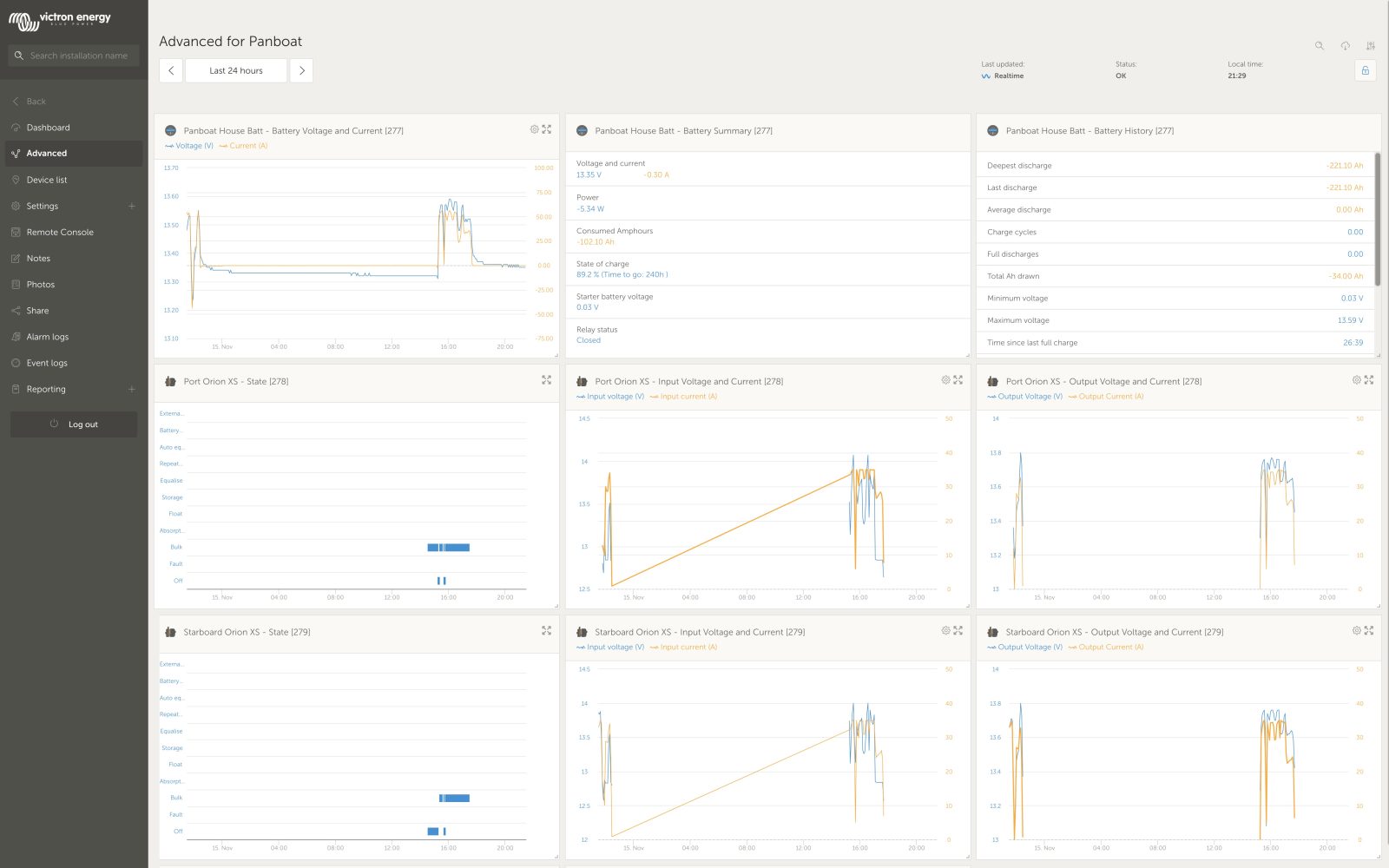
I’m so dependent on the VRM ecosystem that I can’t imagine installing Victron equipment without it. So, I added a Cerbo GX-S, the lower cost slightly less capable Cerbo, to the boat. Thus, I have access on the boat via the Victron Connect and VRM apps as well as via the MFD app on an Ethernet connected chart plotter. Plus, I can access both real time and historical data via the VRM app and website while off the boat. Additionally, both the Cerbo and BMV-712 have remotely controllable relays. I’m already plotting the best way to add remote control of the fridge. That way, I can power it up and cool it down before I arrive. And, with 10 kilowatt hours of battery capacity, I should be able to run it nearly any time I want.
Icom M510 Evo
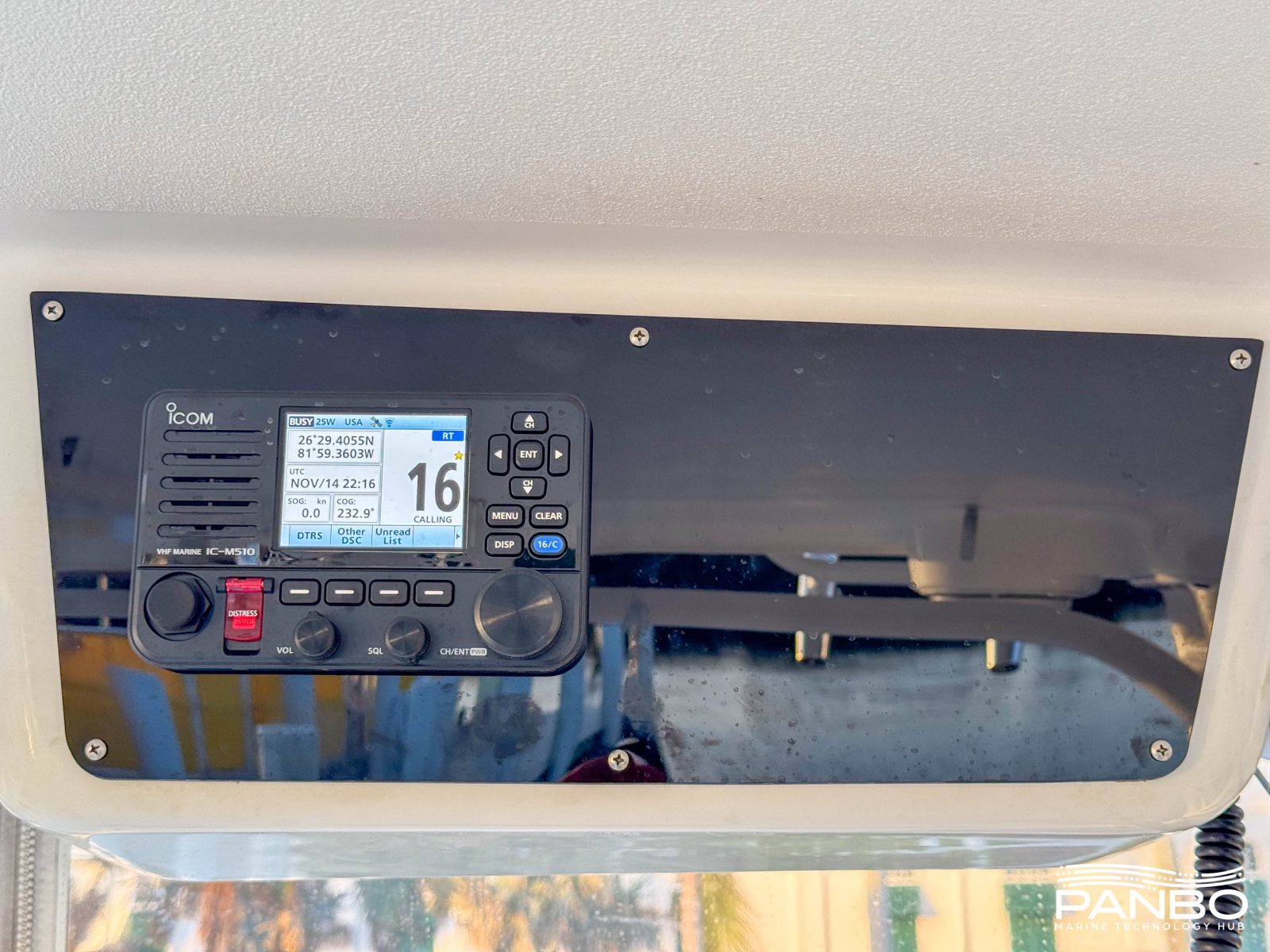
Icom’s M510 VHF radio has been out for about 3 years. The radio features a bright and easy to ready display, integrated WiFi, and a mobile phone app that can act as a second station. The origional M510 relied on a CT-M500 external module to add NMEA 2000 connectivity and hailer/listen back functionality. Although some really liked the placement flexibility the WiFi link between the radio and CT-M500, others wondered why the second module was needed at all. Why couldn’t Icom just build the NMEA 2000 interface and hailer into the radio? Well, now they have in the Icom M510 Evo. Like the M510, the M510 Evo is available with or without AIS receive capabilities. I installed the AIS recieve version and so far it’s been flawless. More testing and a full review of the M510 Evo will follow soon.
Lenco Pro Control
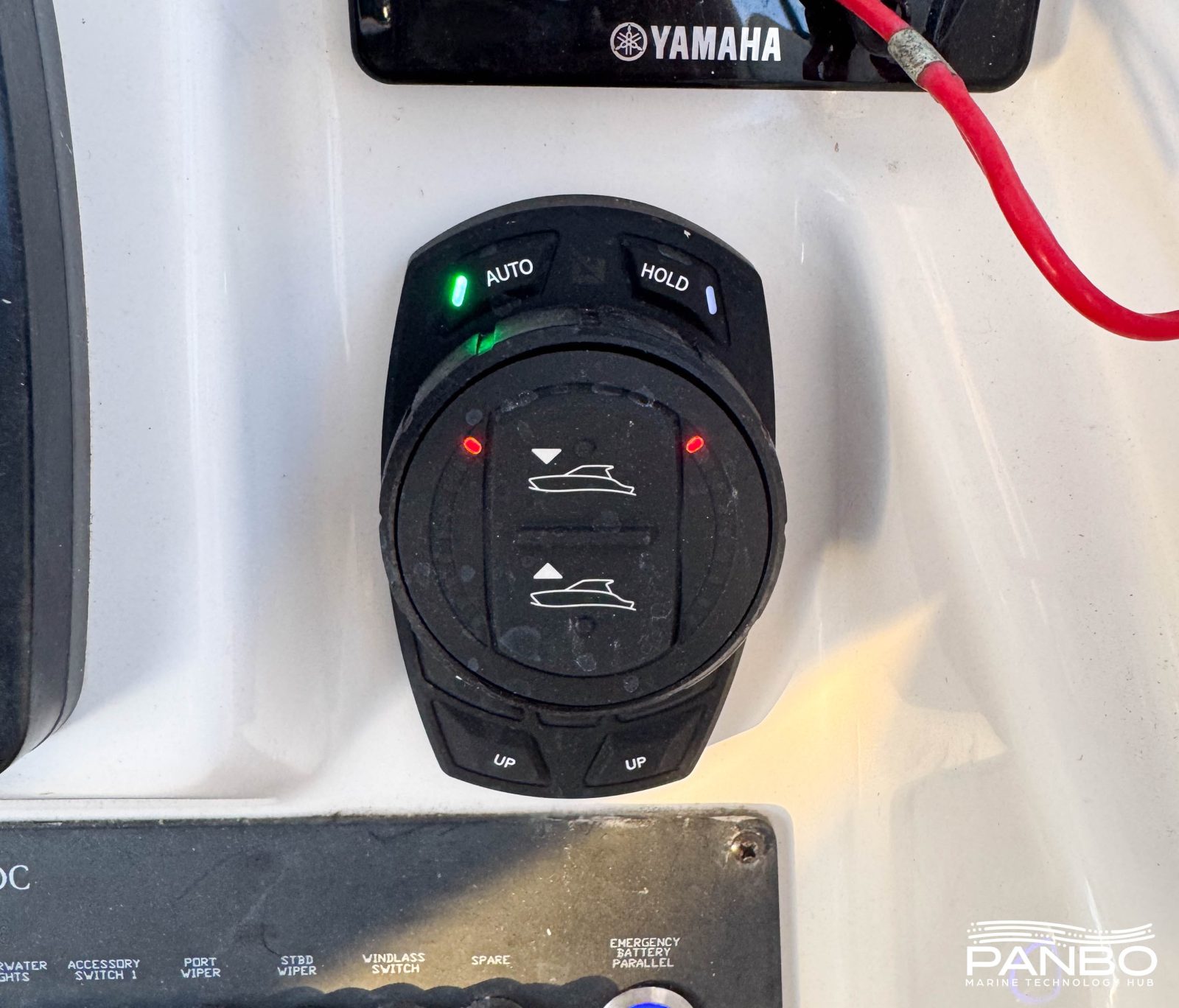
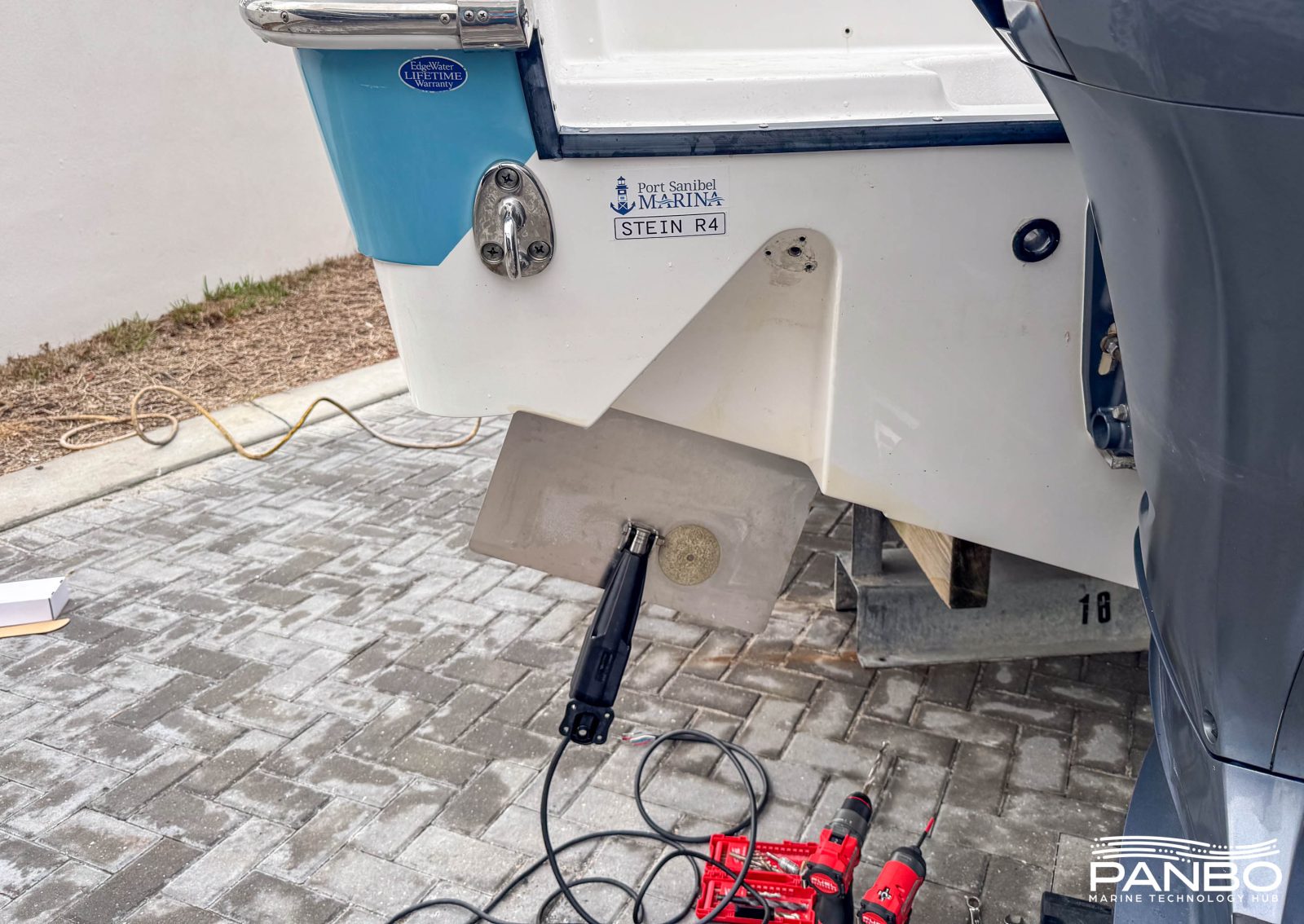
Lenco’s Pro Control system addresses multiple characteristics of a vessel’s ride. The system’s aim is similar to interceptor systems and Seakeeper’s Ride, but utilizes high speed actuators connected to traditional trim tab planes. Panboat came from the factory equipped with Lenco electric tabs.
The existing Lenco tabs meant installation was pretty easy. Well, maybe I should qualify that. Lenco came out and installed the system on the boat. Hence, for me the installation was extremely easy. Impressively, the entire process took about five hours including running new wiring to replace some corroded original wiring.
I’ve had the boat out a few times with the system and thus far my impression is it definitely improves the boat’s ride and roll control. However, so far I’m not seeing as dramatic an improvement in impact reduction with this hull as I did with Ride on the 22-foot Cobia. It is difficult to say whether the differences in efficacy are due to system design, hull design, or (most likely) a little of each.
Once I get back from METSTRADE, I’ll have the opportunity to get out on the water for more testing. I look forward to some instrumented testing as well as some drone comparisons with the system on and off.
Scanstrut creature comforts find a home
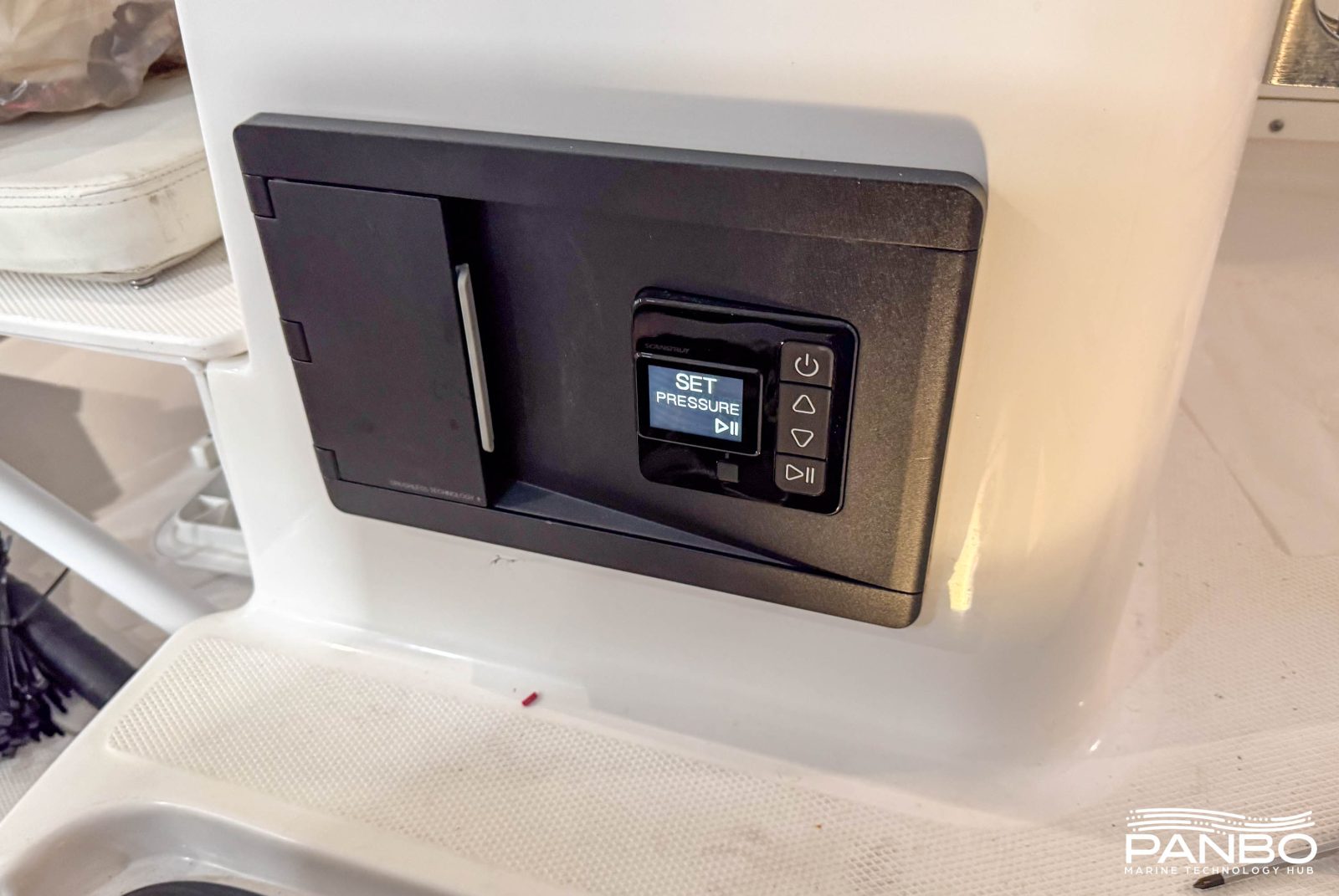
I have a rolling shelving unit in my building of equipment waiting to head to the boat and be evaluated. A Scanstrut Atmos has been there for an embarrassingly long time. It’s not that I wasn’t excited about installing it, I am. Rather, the trouble is Atmos requires a pretty big monting hole. I wasn’t excited about cutting that hole in the old Panbo(at) as I knew a boat change loomed. Atmos is a dual stage inflator designed for towables, stand up paddle boards, and other water toys. My kids enjoy tubing, but I dread working up a sweat blowing up the tube. So, I’m looking forward to putting Atmos to work.
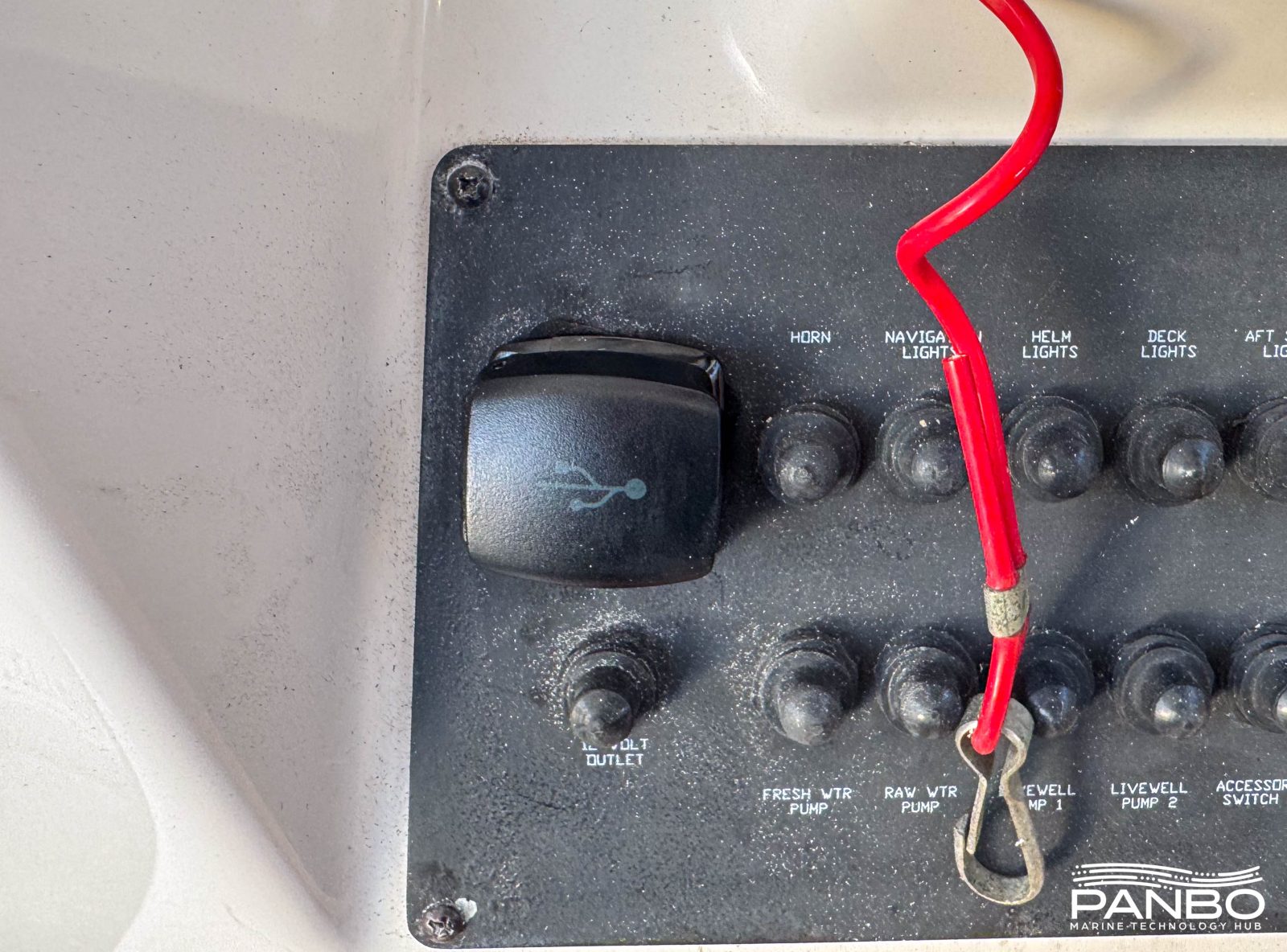
I don’t think it is possible for a boat to have too may USB charging outlets. When my family descends on the boat, we do so with four phones and a couple of tablets. Boating apps tend to be tough on the batteries so high output chargers are in demand. Once again Scanstrut comes through with Flip Pro USB-A and USB-C charger. Each port delivers up to 36 watts of charging when powered at 12 volts. When 24-volt power is supplied, the USB-C port can deliver up to 60 watts of PD power. So far I ‘ve only installed one of these, but I see plenty more in my future. Fortunately, installation is pretty quick, as long as you don’t mind taking a 1 1/8-inch hole saw to your boat.
Sensar makes the move
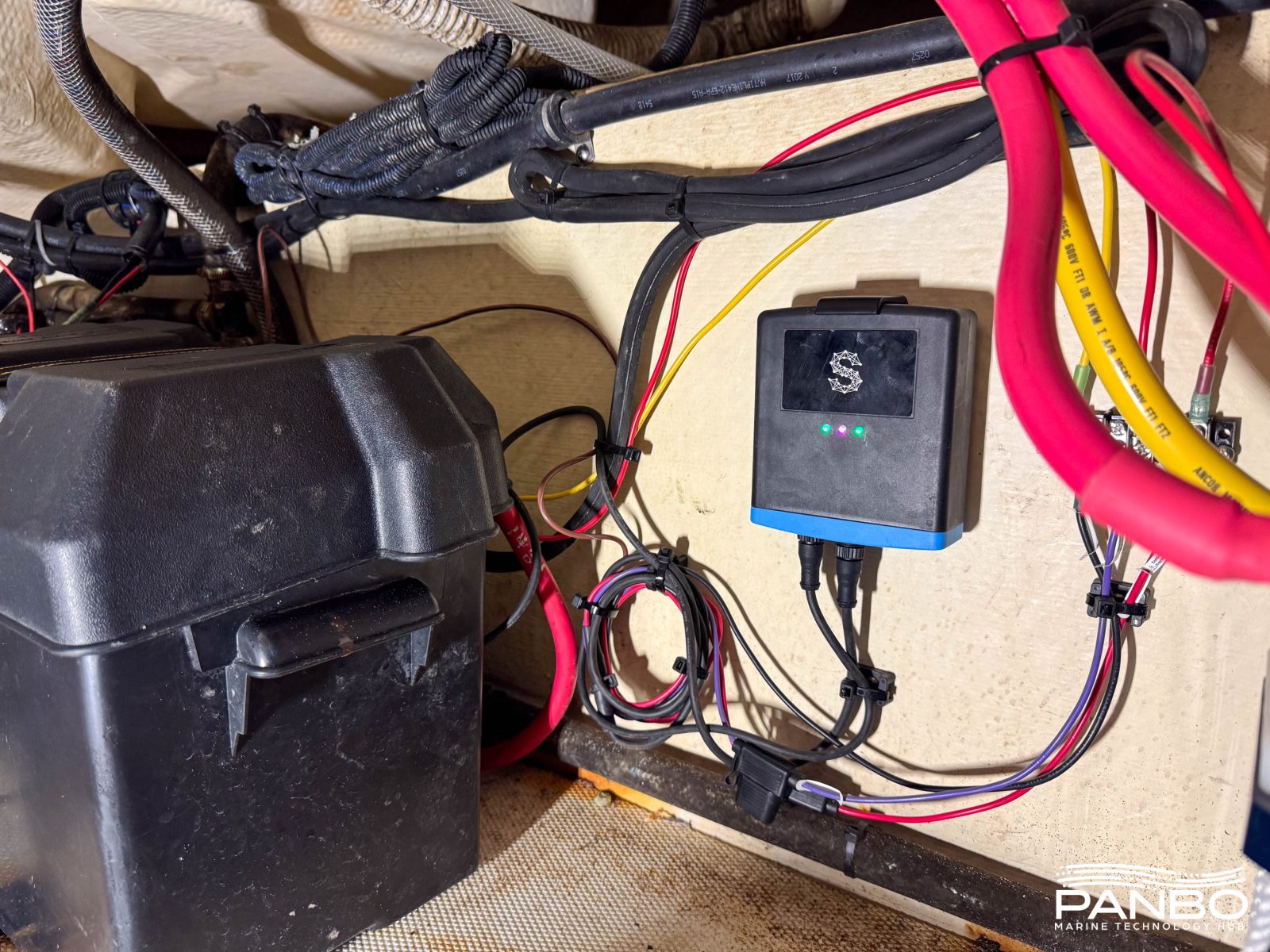
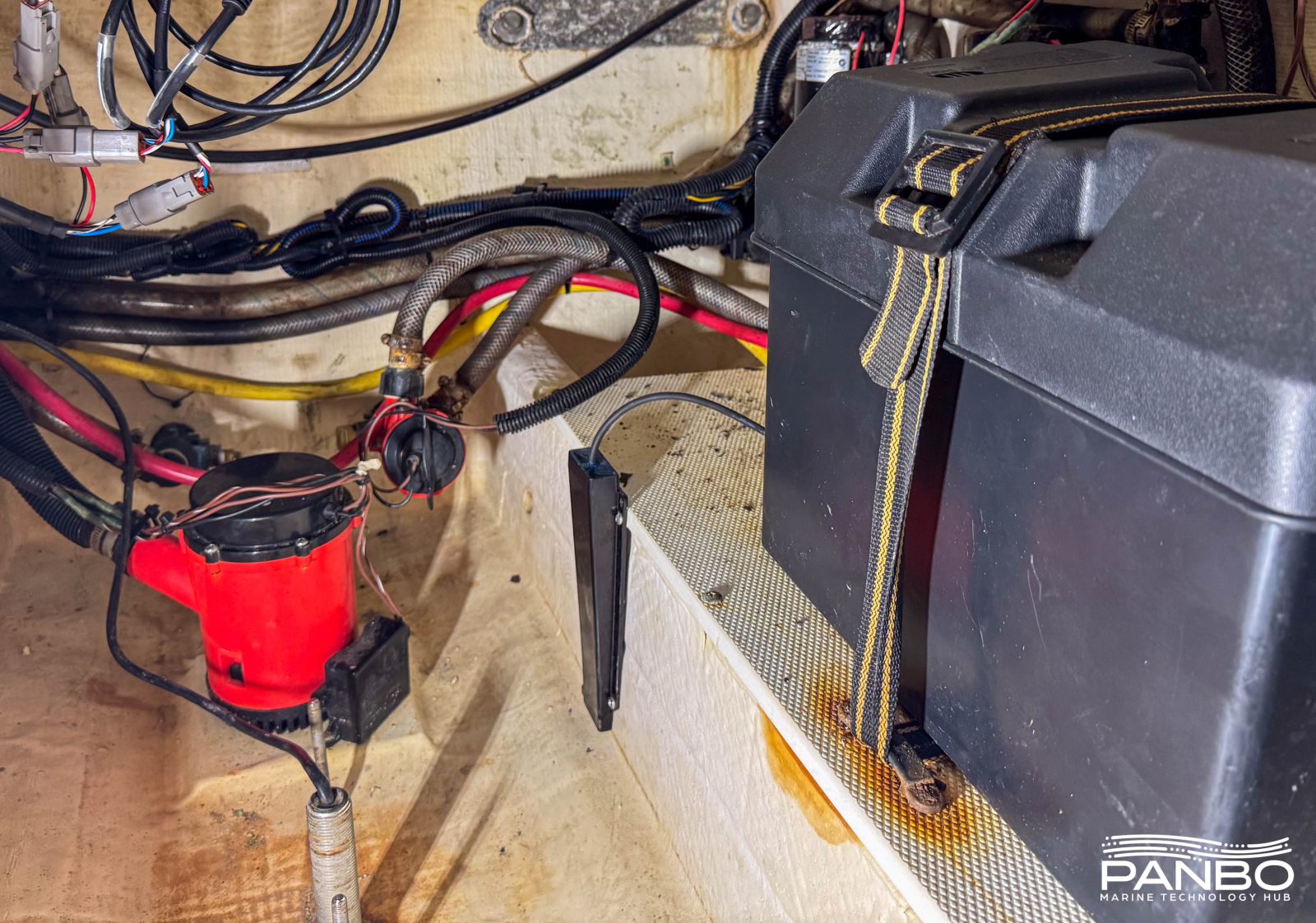
I’ve been quite happy with the job Sensar Marine’s monitor does monitoring Panbo(at) 1.0. So, I went ahead and pulled the system — it’s just two components so it was pretty easy — off the old boat and moved it to the new one. I did a lousy job taking a picture of it, but while I was installing the monitor, I added a terminal block to try and make future monitoring system installations as simple as possible. I anticipate a few coming up soon.
Tocaro Blue’s Proteus AI assistance
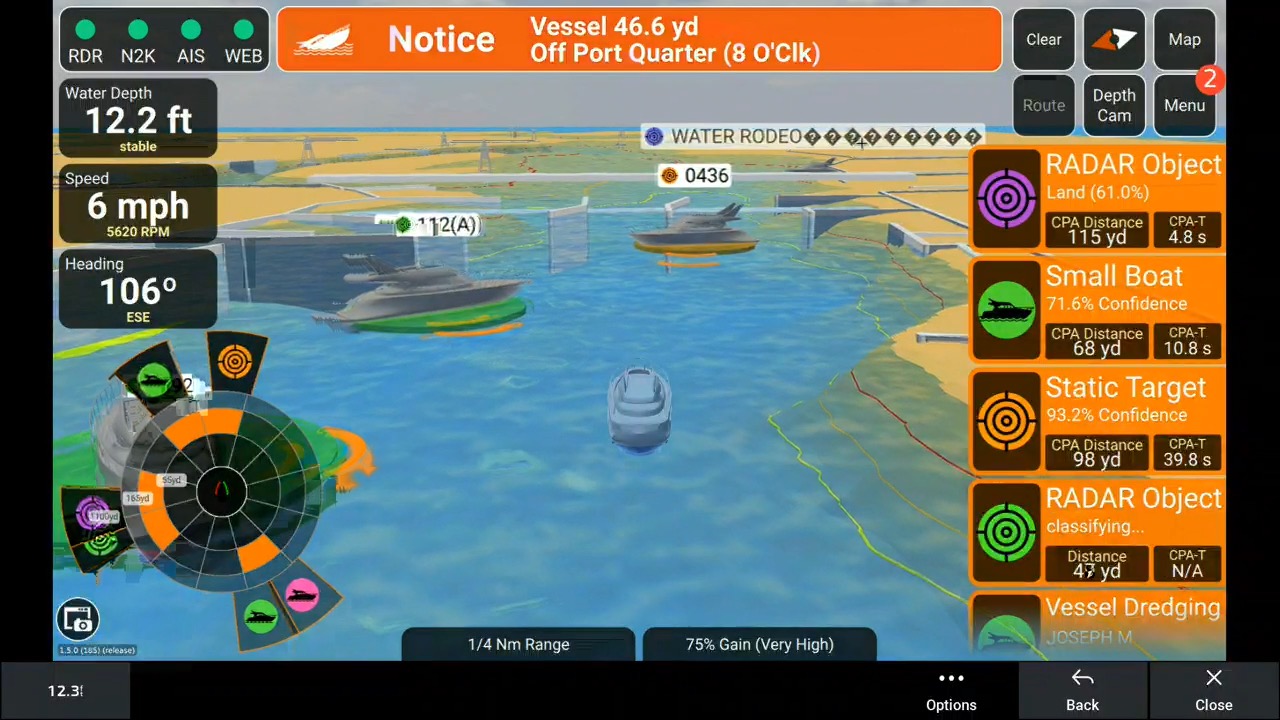
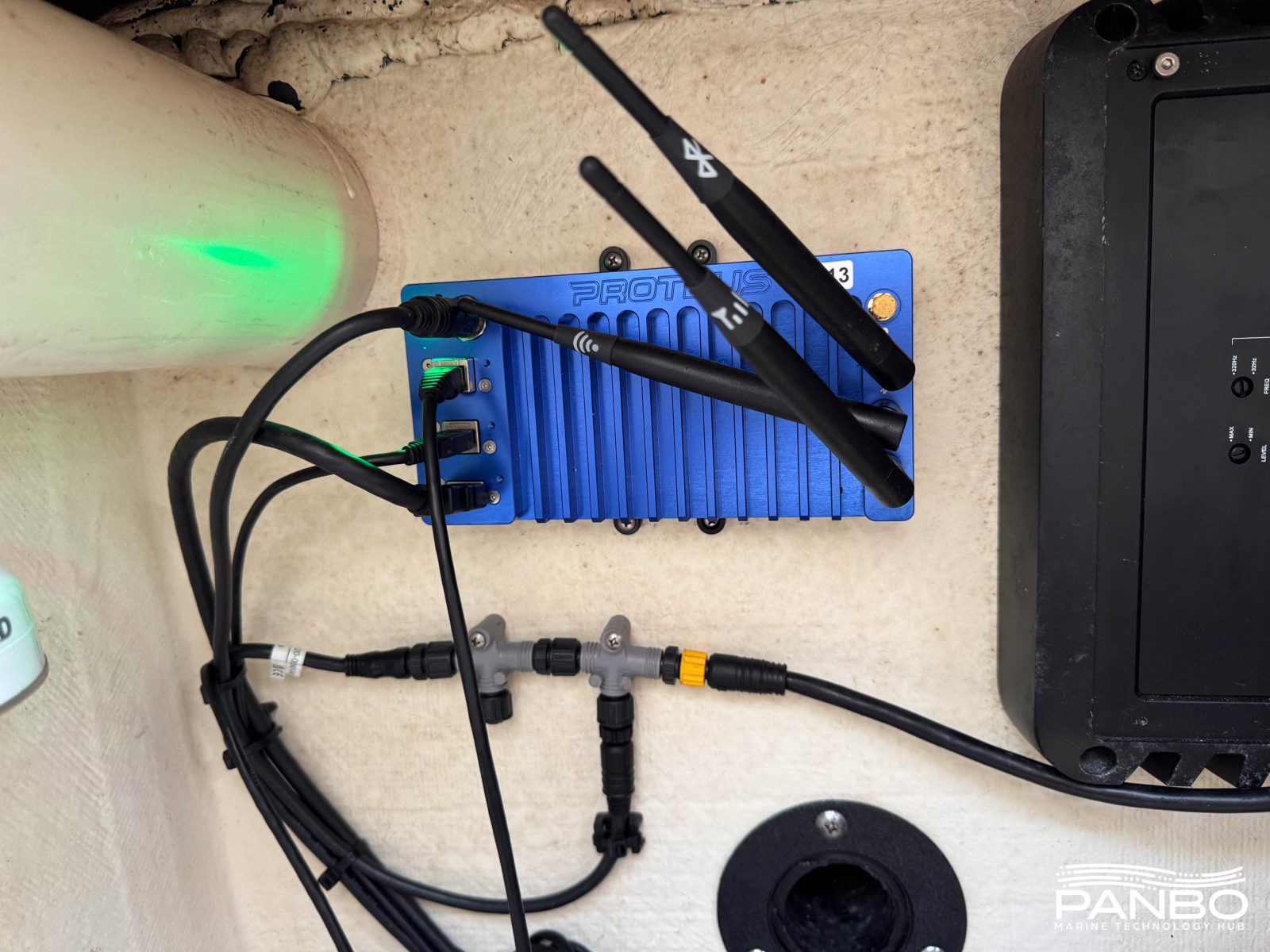
I’ve written a few times about Tocaro Blue’s Proteus AI assistance system. Using radar, AIS, depth, and GPS inputs, the system paints a picture of the waters around the boat and advises the operator of potential hazards in their path.
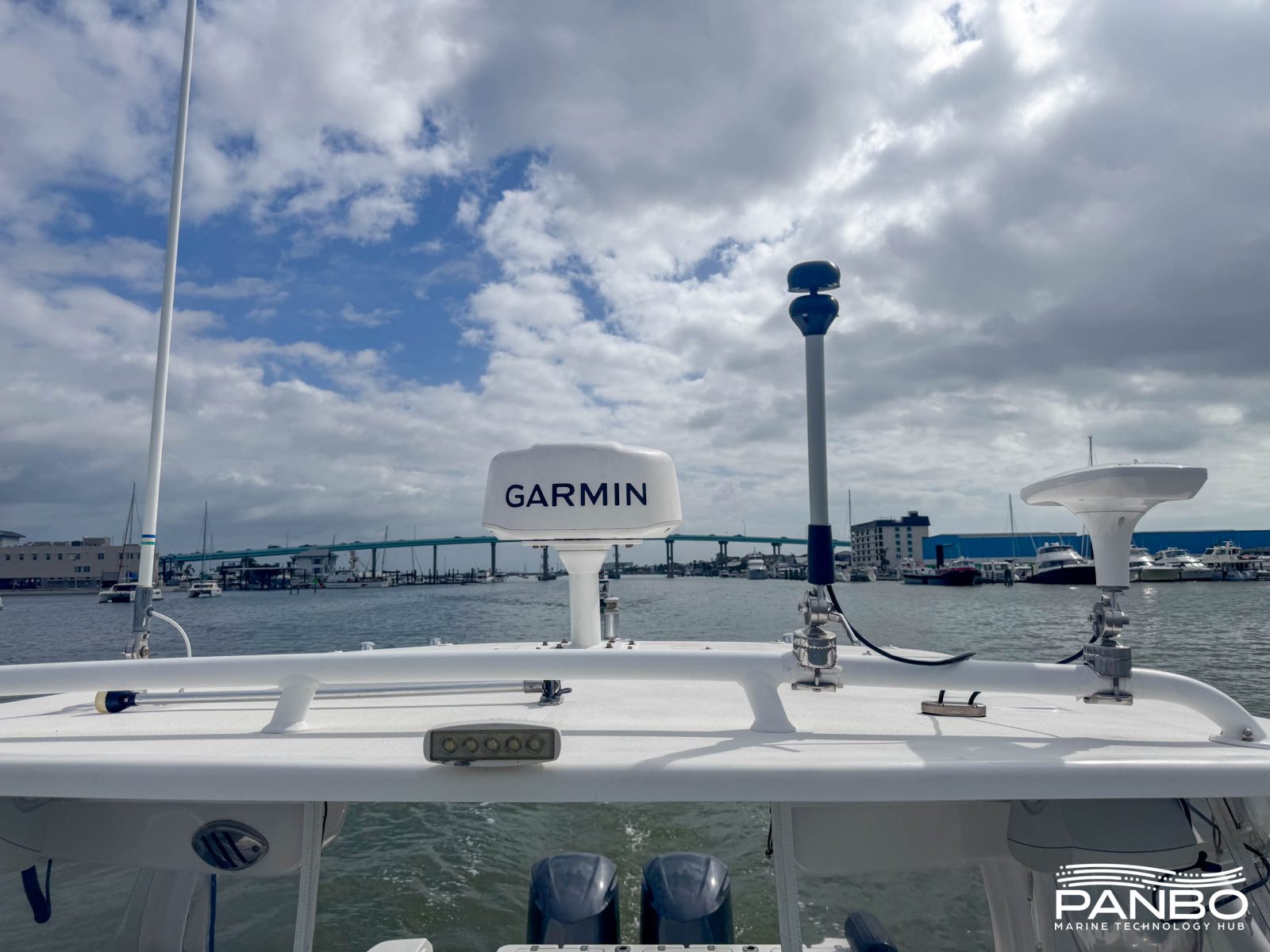
Proteus is compatible with radars from Furuno, Garmin, Raymarine, and Simrad. But, since I currently (soon to change) only have a Garmin MFD onboard, I stuck with Garmin radar. So, I swapped the magnetron radome the boat came with for a Fantom 18x. I have only spent a few hours on the water with the new radar so it is too soon to draw many conclusions about the effectiveness of the radar and Proteus together.
Panbo(at) 1.0
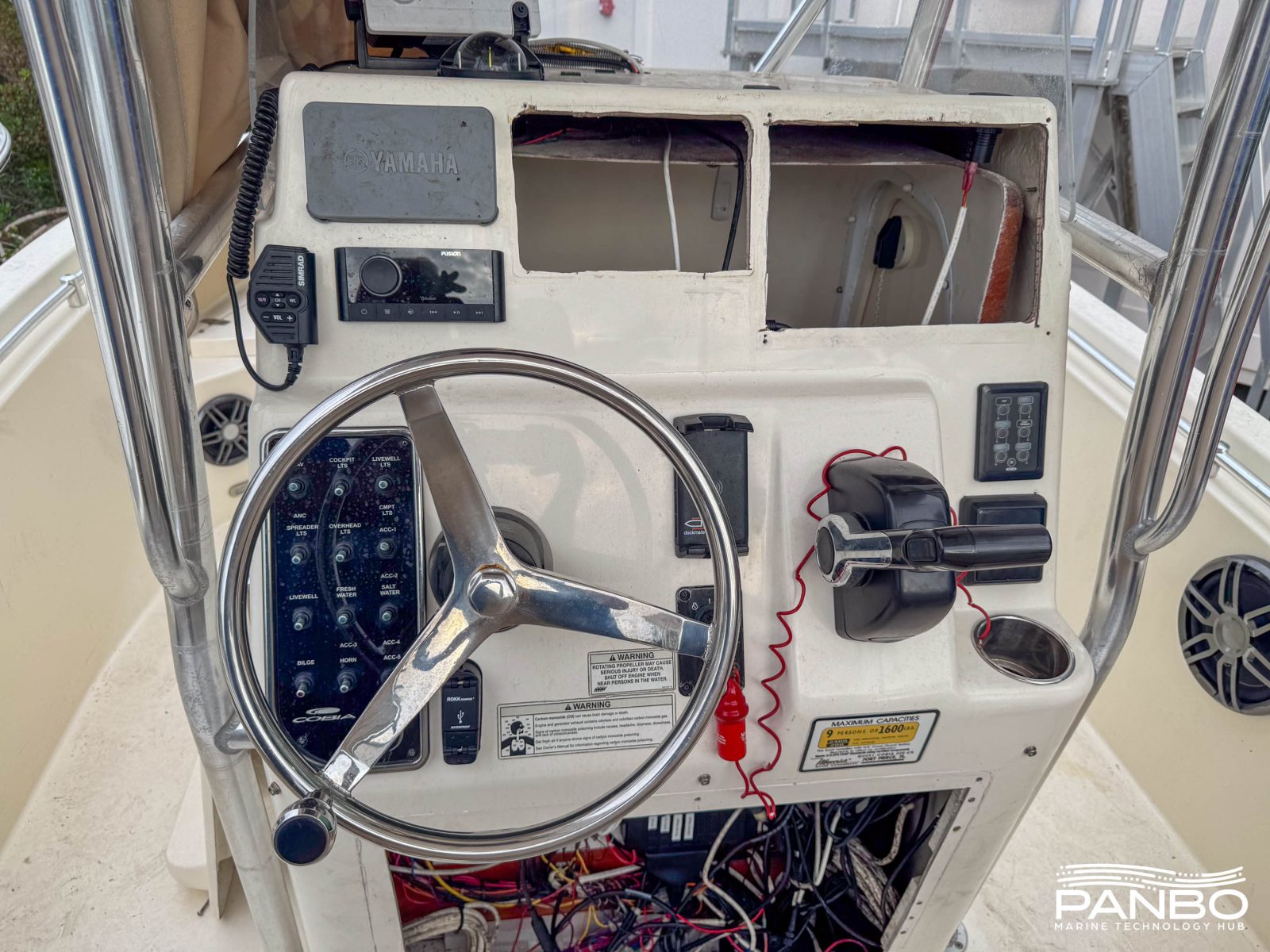
Poor Panbo(at) 1.0 is looking pretty sad right now. For the last two months I’ve done little more than rip gear off the boat. I still have a few more things to uninstall before I make a new dash for her and put a basic electronics package back on. The last potential uninstall is the Seakeeper 1. I am waiting for some numbers to decide whether it’s worth the expense of moving the gyro. After that decision is made and I get her put back together, it will be time to find a new owner for her. Someone will get a pretty highly upgraded boat with all electric steering, Seakeeper ride, and many more goodies.


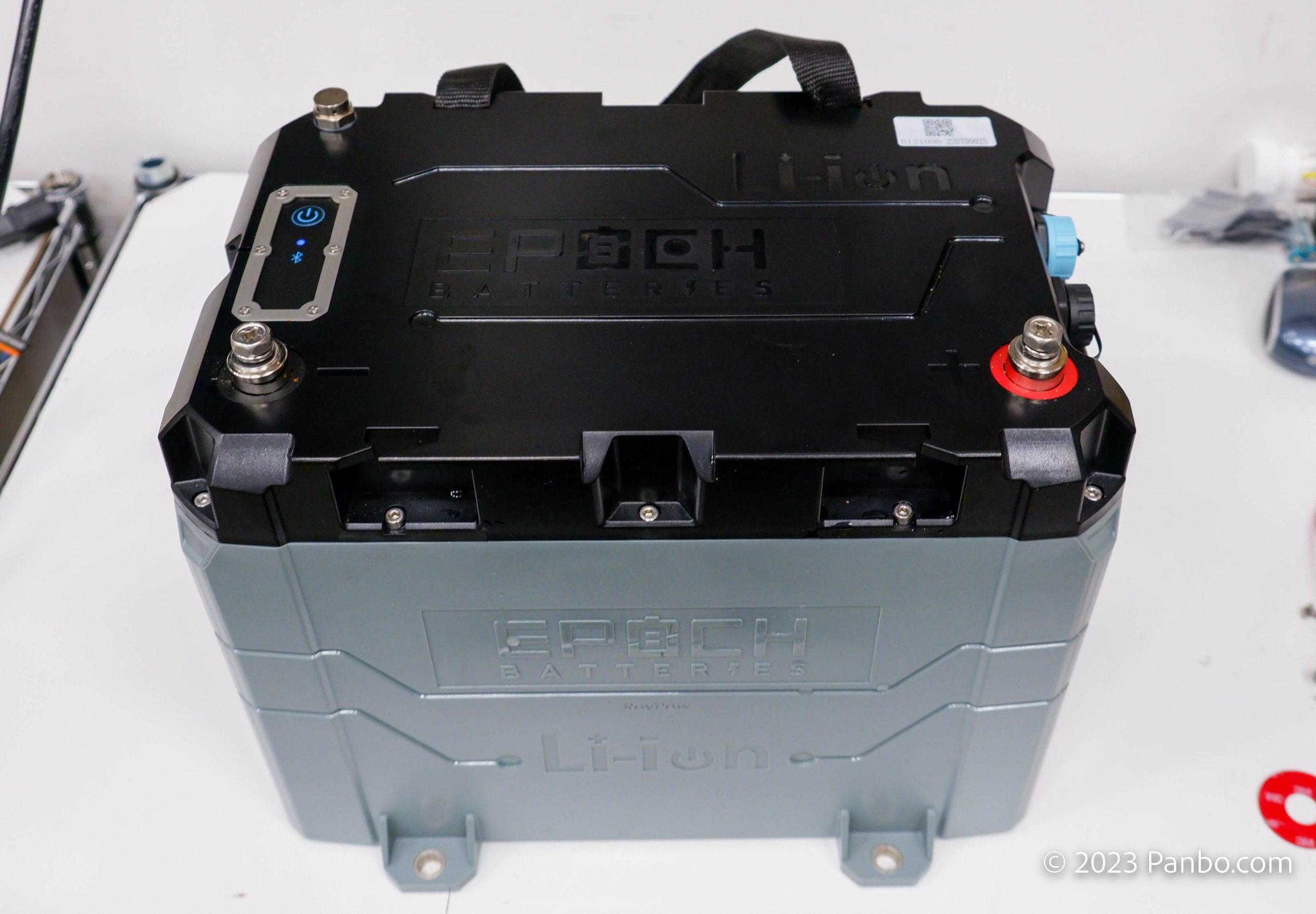
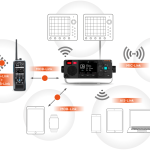

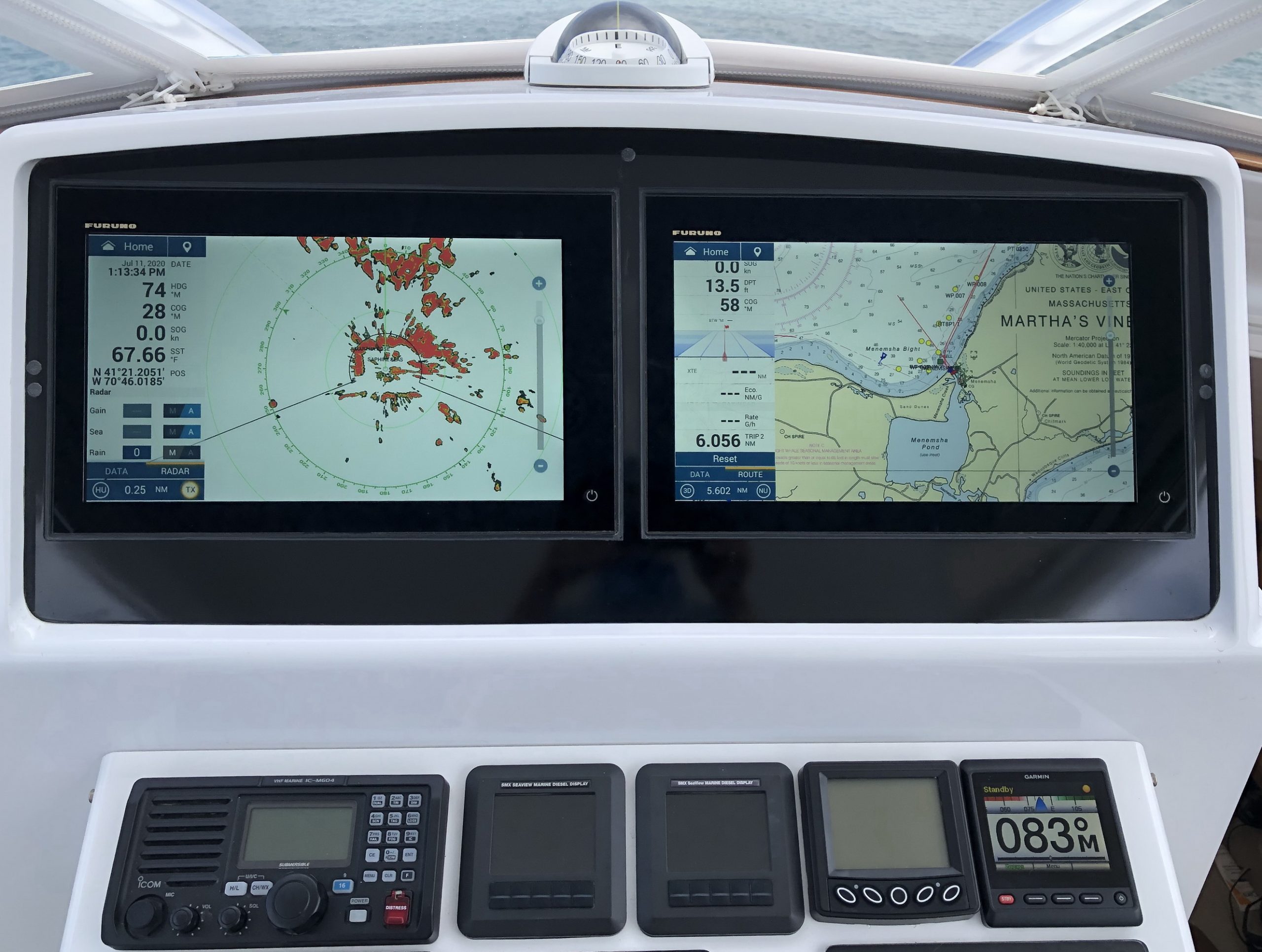







Ben-
Looks like this will become a really fine boat overall. It will be great to see how it all shakes out over time. One comment is that at least from the perspective of the photo it looks like your GPS heading sensor and the Garmin 18 are on the same plane – such that the antenna beam will directly hit the heading sensor. That may give some very odd performance in the general sector where the heading sensor intersects the beam. If the radar is just above the heading sensor then perhaps it will be ok. Looks like a very nice Scanstrut installation of the Radar so I hope it is clear of larger objects.
Cheers!
You say you’re using the Orion XS to limit charge current from your Yamaha F300’s….I am quite sure that’s unnecessary – here’s why: There is no actual alternator, it’s a magneto-based charging system as you’re likely aware, AND the rectifier/regulator is **water-cooled** with any excess charge current wasted as heat in the cooling water. Thus, actually using that current (rather than limiting it via the B2B charger) is beneficial. The charging system has no way to throttle charging current, so it’s there whether you use it or not. This is true of Suzuki and Yamaha outboards. Furthermore, if voltage drops at the start battery due to electric steering or whatever, the B2B will sense this and throttle current automatically. Thanks for your articles, your recent battery tests have been very informative!